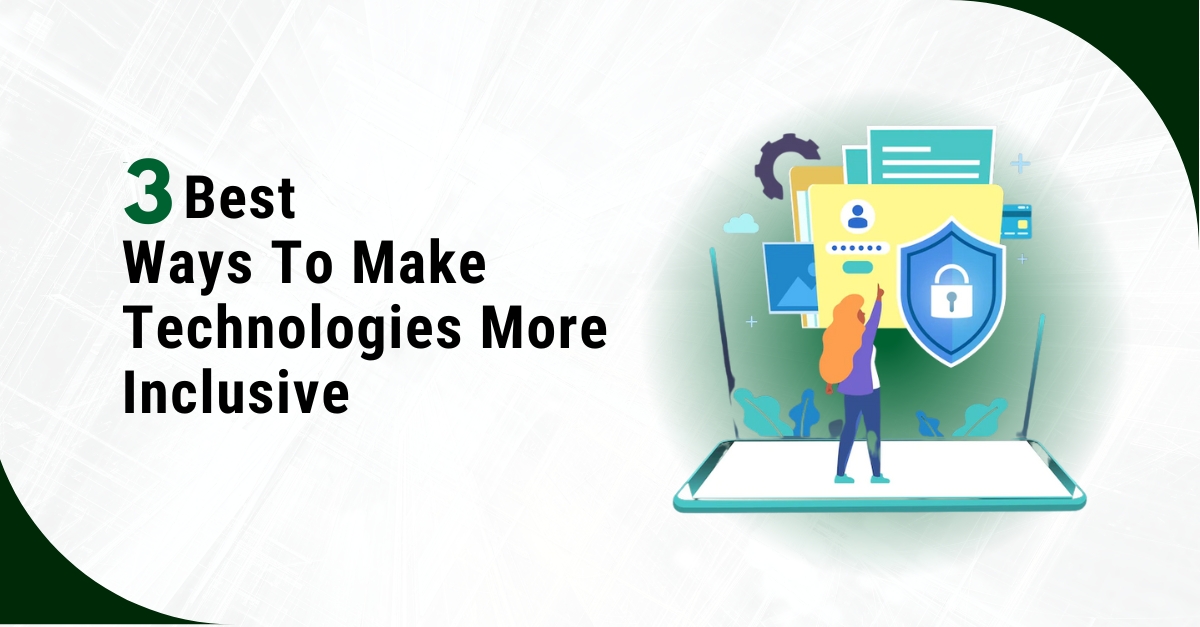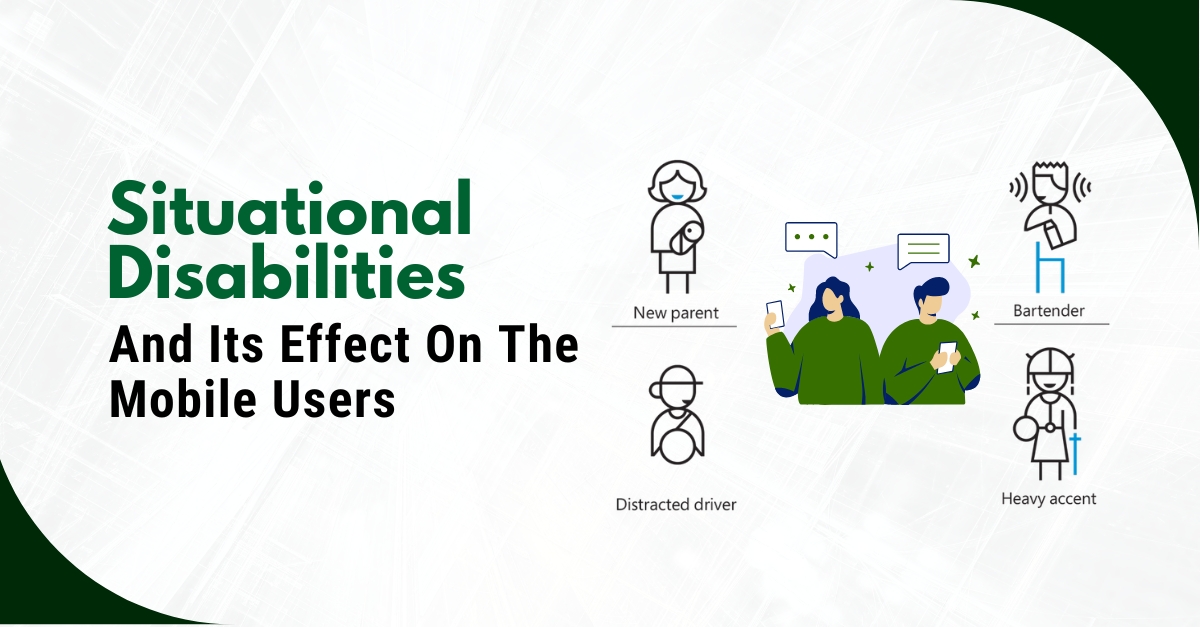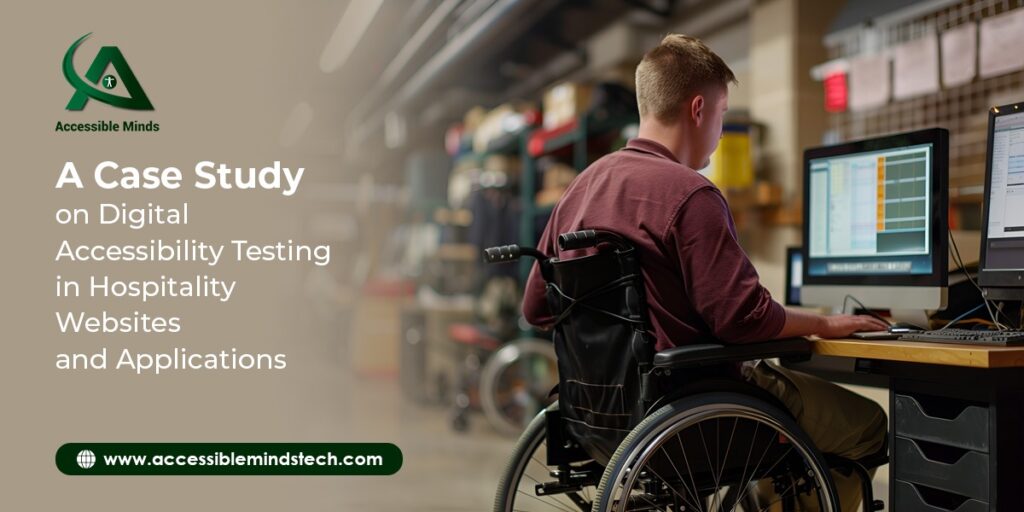Metaverse is a new world where people can move through digital space. They can make new friends, organize business meetings, play games, and sell different things. It allows the users to create a respective virtual identity that they can take everywhere in that virtual world.
Now the question is whether the metaverse is accessible to people with disabilities or not. Though the concept of the metaverse is still fuzzy; it needs more inputs before we can reach any decision.
In the present time, the concept of the metaverse is still in the infant stage as there are too many loose alliances of the concepts. It can be used as a vital platform of communication for the coming generations for a more engaging and interactive way of communication. However, it is important to integrate the accessibility features from these initiative days of metaverse so that disabled people also take the advantage of these new technologies.
The use of 3D and 4D graphics along with virtual reality glasses or headsets is required for the present version of the metaverse. To make it more accessible; there must be more features that will be helpful for physically disabled people.
What are the features to make Metaverse more accessible?
The Metaverse must know that they accommodate users with physical disabilities as well. For example, if there is a deaf user; then there should be some captioning system so that it can be interpreted clearly. The challenge will be the way to display the caption in an extensive 3D environment.
On the other hand, visually challenged or blind users need screen reading assistance. But the challenge will be the implication of seamless audio description in a 3D and richer visual experience. It will rise complexities for the blind and low-vision people but smart use of touch technology and haptics can resolve it.
There are motor and dexterity impairments who may find it challenging to navigate in the metaverse where most of the commands have come from different types of hand gestures like pinches and swipes. Now the question is it feasible that the hand movement features that the disabled users are using to access the computer are easily transferrable to metaverse?
It is also a point of concern how people with anxiety will react in this metaverse.
And finally, how do people with disabilities identify in a society where anybody can transform into any avatar they choose? Will individuals with disabilities hide their true selves, give up their chairs and crutches, and adopt a more dominating athletic shape, or will they proudly and outspokenly declare that they are persons with impairments?
These are the basic necessity to make the metaverse inclusive. And for that, we have to start working from this initial stage.







